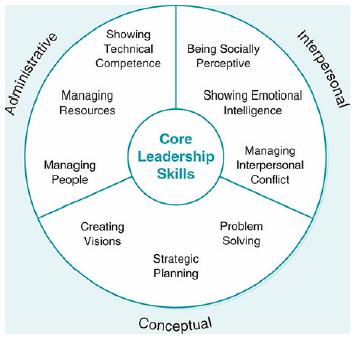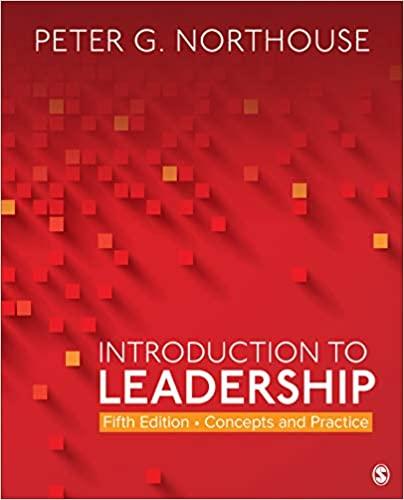Nilda Callaaupa grew up in the Chinchero, a small, rural, and impoverished community nestled high in the
Question:
Nilda Callañaupa grew up in the Chinchero, a small, rural, and impoverished community nestled high in the Andes of Peru between the famous ruins of Machu Picchu and the bustling trade center of Cusco.
As a young child, Nilda, a descendant of the Inca and a member of Peru’s indigenous Quechua people, shepherded her family’s sheep in the highlands near her home, befriending an older shepherdess, Doña Sebastiana. As the two watched over their flocks, Doña, who was an expert spinner and weaver, taught young Nilda the ancient art of her ancestors. Learning to spin yarn at 5 years old and to weave patterns when she was 6, Nilda quickly became an expert weaver, creating beautiful handiworks in the ancient traditions of her people (Wyland, 2019).
The Inca had a rich tradition of textiles, establishing textiles centers throughout their vast empire. Known for their beautiful, brightly colored intricate detail, these textiles often denoted wealth and status in the community and were an integral part of the Inca’s social, political, and religious life. The adult female weavers of the Chinchero gathered often to weave and spin together, sharing techniques and ideas.
Many, like Nilda’s grandmother, sold their textiles where they could to supplement their families’ meager farm incomes. In the early 1970s, a small group of these women had become concerned that the young people of their communities were disinterested in the weaving traditions of their people. The elder female weavers realized that if they didn’t do something to preserve this native knowledge, an important part of their culture would be lost forever.
Recognizing the importance of passing on these ancient traditions and reclaiming the disappearing textile patterns of their culture, a small group formed a weaving collective where the women gathered to study and learn the traditional ways of spinning, weaving, and natural dyeing, reviving the techniques of using handspun yarn and natural fibers from the animals they raised (sheep, alpaca, and llama). The collective hoped to market the women’s creations to the growing tourism industry in Peru, helping support the weavers and provide them with an independent income.
Coming of age in this environment sparked a passion in Nilda, and she sought to glean as much about spinning and weaving as she could from her own mother, her grandmothers, and other Chinchero elders. Though still a girl, she became a leader in the collective, which met in the courtyard of her family’s home. When a young couple from the United States moved to her village in the early 1970s, she befriended them, becoming their weaving teacher. This couple, an anthropologist and an ethnobotanist, learned the importance of weaving to the Quechua people and assisted the weaving collective and the young Nilda in securing support to create a community cultural center focused on the spinning and weaving tradition in Chinchero.
Nilda was considered a prodigy; by the time she was 14, she had traveled far from her small Peruvian village, giving weaving demonstrations at the Smithsonian Institution and at the American Museum of Natural History in the United States. She was one of the few girls in Chinchero to attend high school and later the first woman of her community to attend university, weaving to help pay for her education. She earned a master’s degree from the National University of San Antonio Abad in Cusco in 1986 and subsequently obtained a grant to study historical textiles in Berkeley, California. Nilda traveled the world teaching, demonstrating, and promoting her art and the products of her community.
Through the 1980s and ’90s, Nilda traveled abroad, increasing global awareness of the rich weaving traditions of her culture by leading workshops and lecturing to groups and at institutions including Harvard, Cornell, the University of Vermont, Brown University, and the Smithsonian Institution.
During Nilda’s absence, the cultural center she helped to found in Chinchero began to falter. In an effort to preserve it, Nilda led the weavers in forming the Centro de Textiles Tradicionales del Cusco (CTTC) in 1996, a nonprofit dedicated to assisting the communities from the Cusco region to “revive textile traditions and empower weavers, especially women” (CTTC, 2019). Through the many contacts Nilda had made in her travels, she was able to secure significant international and foundational support for this organization and worked with the weavers to revise their goals and set a path forward.........
Questions
1. Based on the Model of Primary Leadership Skills (Figure 5.1), how would you describe Nilda’s skills?
2. Which skills do you feel contributed most strongly to Nilda’s success leading the CTTC?
3. In what ways do you think Nilda exhibited emotional intelligence?

Step by Step Answer:

Introduction To Leadership Concepts And Practice
ISBN: 9781544351599
5th Edition
Authors: Peter G Northouse





